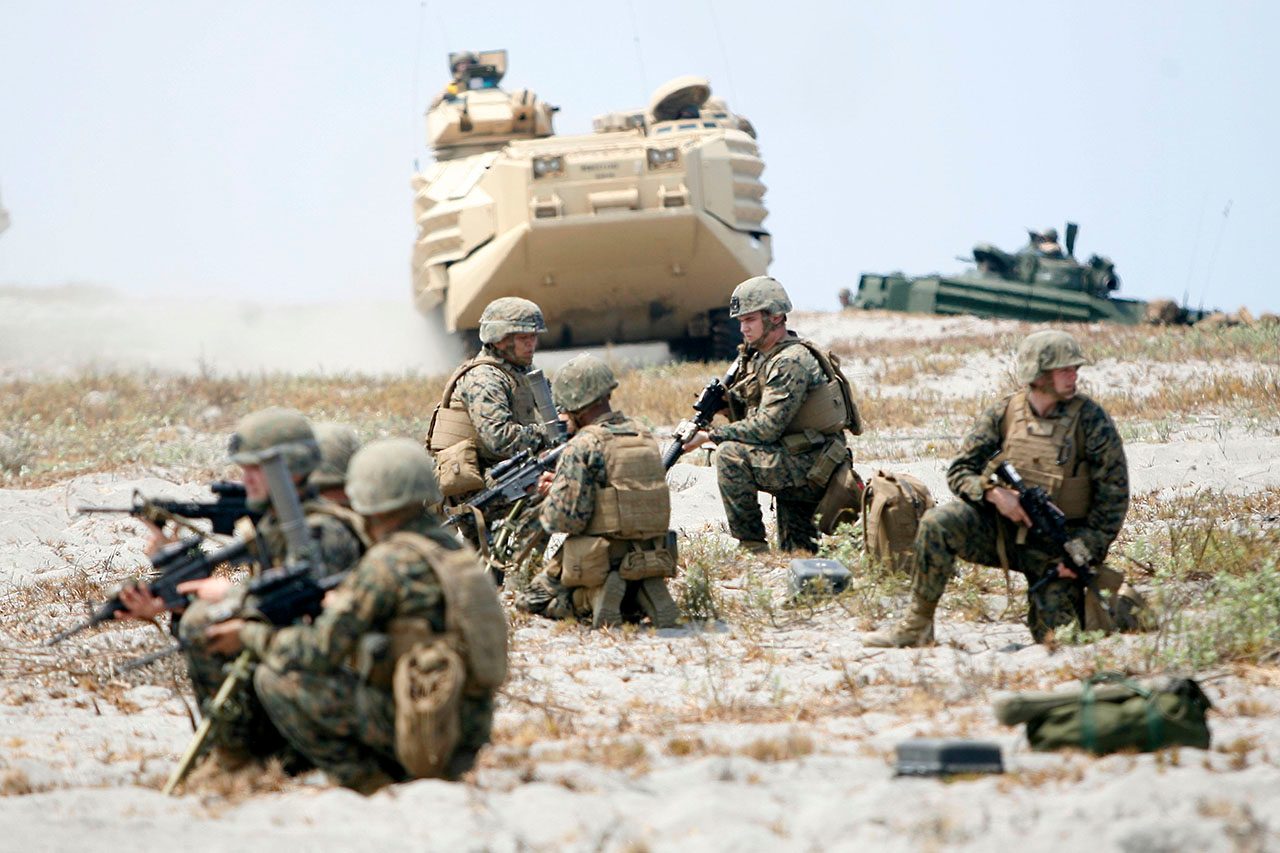SUMMARY
This is AI generated summarization, which may have errors. For context, always refer to the full article.

The exasperation in Camp Aguinaldo was apparent early morning on Monday, May 7, before the formal opening of the Balikatan 2018 exercises between the US and Philippine militaries.
A Philippine military spokesman relayed new instructions that the media will no longer be allowed to cover the amphibious landing exercise to be held at a Philippine naval facility in Zambales on Wednesday.
The ban was recalled later after a closed-door meeting between Philippine and US officials. US officials were not aware of the media ban, based on their surprised reactions when sought for comment.
Zambales was opened to the media, after all, but other exercises are still off limits.
What is Balikatan? The US and Philippine militaries have an unmatched alliance, owing to over 70 years of cooperation that dates back to World War II. The Mutual Defense Treaty (MDT) was signed after the war, binding them to come to each other’s defense if one or the other’s sovereignty is threatened.
Balikatan is an annual training exercise aimed at making sure that the two militaries can work jointly in the event that the MDT needs to be activated. (READ: PH-US Balikatan drills open amid concerns over China missiles)
The amphibious exercise in Zambales simulates how the Philippine and US militaries will respond in the event of an invasion of a Philippine island. (Read and watch here.)
How was the ban implemented? It was a creeping ban on media coverage of this year’s Balikatan exercises.
The media was initially invited to two field exercises – the amphibious landing exercise in Zambales and live fire exercises at Crow Valley in Tarlac.
These two are the staple for media every year. Jungle warfare exercises at the Fort Magsaysay in Nueva Ecija was the third activity traditionally open to the media but was not offered this year.
Last week, the Philippine military recalled its invitation to cover the live fire exercise in Tarlac.
Why is the ban concerning? Against the backdrop of President Rodrigo Duterte’s pivot to China, the ties between the US and Phiiippine militaries are now under a miscroscope. (READ: Duterte’s pivot to China won’t be easy for Americanized PH military)
How will Duterte change the long-standing alliance between the US and the Philippine militaries? It’s an important geopolitical issue that impacts on the country’s security landscape.
The ban prompted speculations. Was it an instruction from Malacañang? Is this the new order in the military?
Banning media coverage of the exercises – where the Filipino and US troops showcase inter-operability – limits the avenue where the public may gain an understanding of the relationship between the two militaries. (WATCH: #Balikatan2018 speeches celebrate PH-US ties)
Sensitive exercises have been traditionally off limits to the media, including some command post exercises between Philippine and US generals. The new ban covers exercises that are traditionally open to the media, however.
If the Zambales ban was not recalled, the media would have been effectively allowed only at the opening and closing ceremonies in Camp Aguinaldo. – Rappler.com
Add a comment
How does this make you feel?
There are no comments yet. Add your comment to start the conversation.